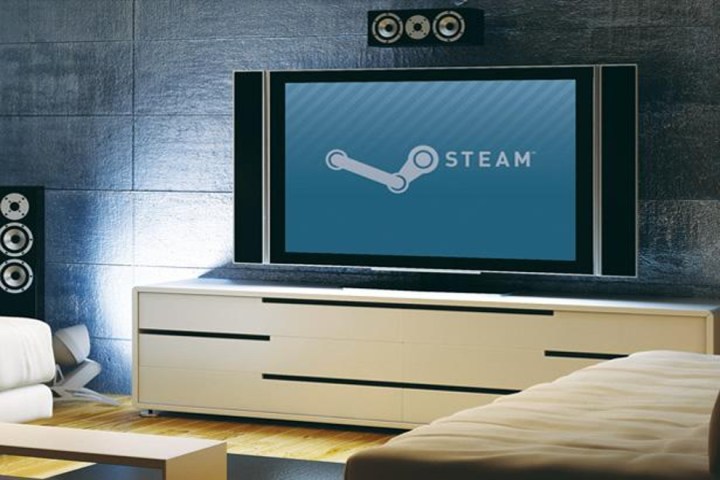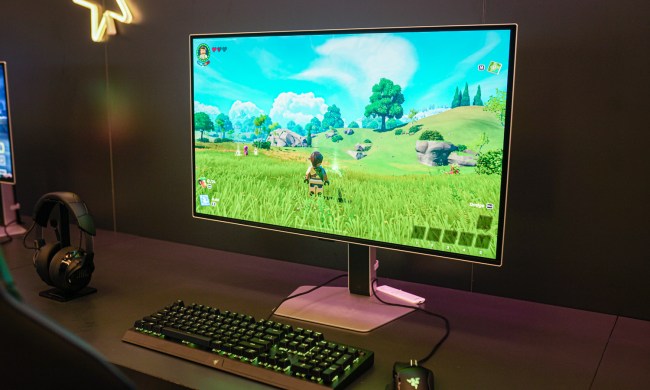
“During the beta, playback of 1080p video at 60 FPS and support for the Steam Controller are included,” Valve Software said in June. “For worldwide release later this summer, support for streaming 4K resolutions and additional controllers will be added.”
The Steam Link app is based on the same technology that powers Steam’s in-home streaming feature. For the uninitiated, this starts with a gaming-capable PC signed into Steam and connected to the local network. The “client” device, such as a non-gaming laptop, must also be signed on using the same Steam account and local network. A wired connection is best for stable, high-quality streaming.
However, Valve Software also provides a stand-alone set-top box called Steam Link that merely serves as a client device and connects directly to an HDTV. Typically sold for $50, the box initiates the Big Picture mode on the host PC gaming machine to provide a streamed, console-like interface. It’s compatible with mouse and keyboard-based input, Valve’s Steam Controller, and third-party game controllers for the Xbox 360, Xbox One, and PlayStation 4.
Steam Link first hit the market in early 2015 as part of Valve Software’s Steam Machines initiative. The company wanted to compete directly with consoles in the living room arena by getting computer manufacturers to create powerful, compact desktops capable of high-resolution PC gaming. That initiative also included the creation of a unique gamepad (Steam Controller) and a set-top box (Steam Link) for extending a Steam Machine’s reach–– or any capable gaming PC, for that matter — to other TVs in the house.
Hints of a dedicated app for Samsung smart TVs surfaced in October 2016 that would eliminate the need for Valve’s set-top box. Valve said in June that a Steam Controller is required even though the Samsung app seems to work just fine with an Xbox 360 controller. Steam’s in-home streaming service is completely free to use.
This isn’t the first time we have seen a marriage between streaming game services and smart TVs. LG once signed a deal with game streaming subscription service OnLive to include an app for LG-branded Android TV-based HDTVs. Sony includes an app for its PlayStation Now game streaming service on its Bravia-branded HDTVs along with its TV streaming app, PlayStation Vue.
As for Samsung customers owning a smart TV prior to 2016, a Steam Link app may not be in the cards presumably due to the older components within. Valve’s Steam Link set-top box is powered by a Marvell DE3005-A1 processor and a Vivante GC1000 graphics chip along with memory, storage, and networking components. An older Samsung smart TV would presumably need equal or better components to handle Steam Link game streaming.



